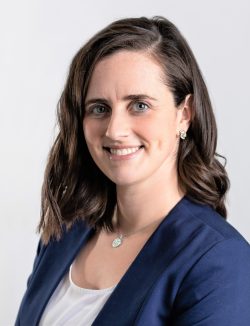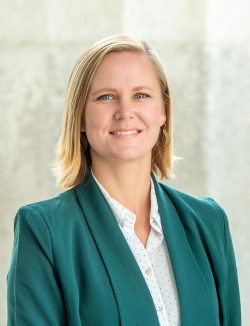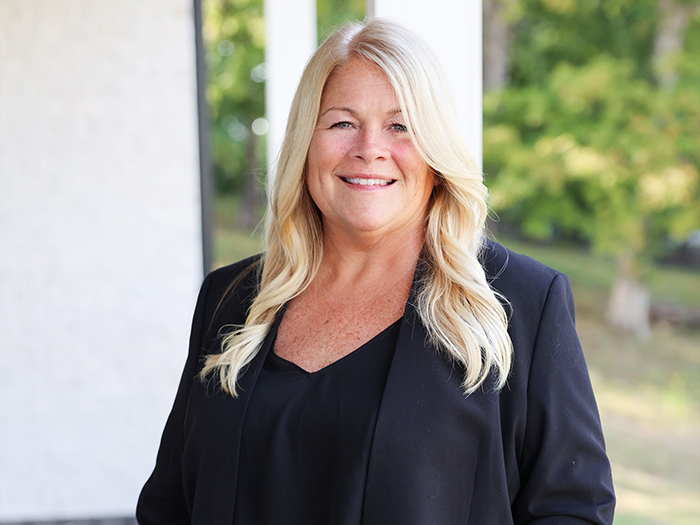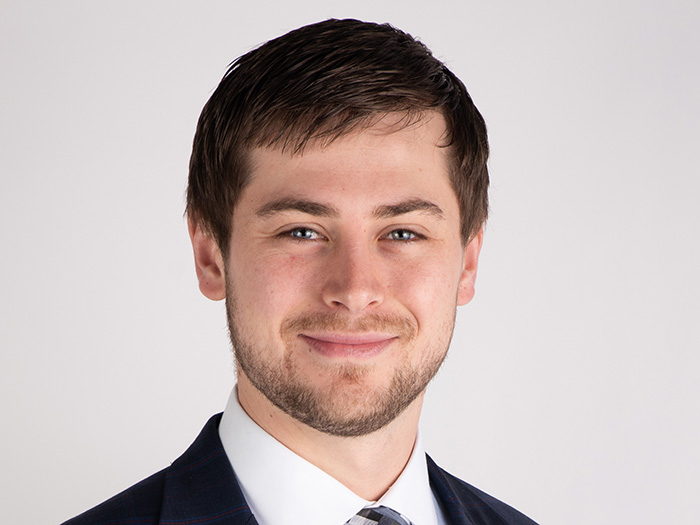A Career in Vermont Captives: Why It Works for So Many

To the world at large, the business of property and casualty insurance remains a mystery. Most people aren’t aware of its nuances, such as the skills and business savvy required of brokers and underwriters.
That lack of awareness impacts the captive insurance industry as well, which in the State of Vermont alone is comprised of more than 1,200 licensed captives to date, responsible for $212 billion in managed assets.
So what is a captive? In essence and simply stated, it’s an insurance company owned by a parent company. Instead of paying premiums to insurance companies to cover their workers’ compensation, property and other risks, captive owners pay premiums into their own insurance company, then manage risks and pay claims out of that entity.
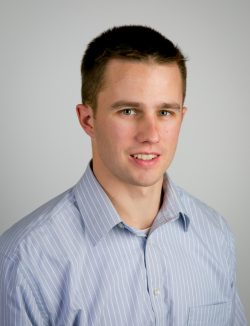
Michael Rubalcaba, account manager, Strategic Risk Solutions
“A captive is an option for many businesses that want to take financial control and manage risks by underwriting their own insurance, rather than paying commercial insurers,” said Michael Rubalcaba, an account manager with Strategic Risk Solutions.
“There are many benefits to this, a few being tailored coverage, investment income and more control over claims,” Rubalcaba added.
That many business leaders think Vermont captives are an optimal risk management approach is borne out by how many captives are licensed in that state, and by some of the marquee names involved.
“Vermont is number one — as far as licensed captives go —nationally and third globally,” said Brittany Nevins, the Captive Insurance Economic Development director for the State of Vermont.
Companies that house captives in Vermont include Starbucks and Walt Disney World. The state is also home to captives representing many major health care, manufacturing and higher education entities. In just one example, at the end of 2020, Vermont housed 103 health care captives.
Take It from the Professionals
For those that work in the industry, the allure of a career in Vermont captives, and the benefits, closely mirrors the insurance industry at large. Captives professionals have access to rapid career advancement, have the opportunity to converse with a wide range of public and private sector leaders, and can travel the country and the world in their service to clients.
The career path of Maigh Wright, a Burlington, Vt.-based actuarial consultant and vice president with Marsh Captive Solutions, provides a good window into those benefits. Wright studied mathematics and statistics at the University of New Hampshire. While at school she picked up a couple of electives in actuarial science.
Actuaries are tasked with, among other things, analyzing the loss exposures in a given book of insurance business and determining whether the company’s reserves and premium rates are adequate for the risk.
“The appointed actuary needs to issue a statement of opinion where they say whether they think the amount the company is holding is reasonable,” Wright said.
After graduation, Wright, a native of Vermont, reached out to a recruiter who worked with actuaries. It just so happened that Wright was connected to an entry level position in Burlington, Vt.
“It was funny that the best job opportunity I ended up having and taking was right back at home,” Wright said.
While putting in the work to pass a couple of credentialing exams, Wright spent 10 years with Milliman before moving on to her present position with Marsh.
“I have a lot of family and friends in the area, so Vermont has been a great place to settle,” she said.
In terms of the work itself, Wright points to extensive travel and stimulating human interactions as two plusses.
“One of the things I’ve enjoyed about my job is that it’s given me the opportunity to go to a lot of different places,” Wright said.
Conferences as small as the Tennessee Captive Conference in Nashville and as large as the Risk and Insurance Management Society meeting in San Antonio in 2018 stand out as two examples.
“I’ve also traveled to client meetings around the country,” Wright said.
“I think it’s great to connect with people in person, she said. “You can learn a lot about your clients through casual conversations that you might not learn through formal communication only,” she added.
The benefits of a Vermont lifestyle and the ability to collaborate with a wide range of dedicated professionals are also what makes working in the captives industry so rewarding for Katie Haining, the assistant director of risk management and safety for the University of Vermont (UVM).
A native of New Jersey, Haining graduated from the University of Vermont. Once they got a taste of Burlington, Haining and her husband, avid snowboarders and hikers, knew they wanted to stay.
She began her career working for a law firm in Burlington that served the captive industry. With strong mentors to guide her, Haining picked up a couple of insurance designations, and went on to a position managing risk for a higher education risk retention group. Risk retention groups are formed by multiple entities with similar risk profiles for the purpose of pooling their risk exposures and managing costs.
Now she finds herself putting that experience into play with UVM.
“Being part of a risk retention group allows for us to have access to broad insurance coverage, gives us the ability to respond to tough market conditions and also the ability to tailor our insurance solutions to our specific industry, which in my case, is higher ed,” Haining said.
“I feel incredibly lucky to be part of the captive industry and more specifically, a risk retention group with other universities,” Haining said.
“These colleagues, many of whom have become friends, are a wealth of knowledge and are a constant resource for me as I navigate the wide variety of insurance and risk management challenges in higher education,” Haining said.
The caliber of professionals that you get to interact with, the Vermont lifestyle and the charge of being a valued business consultant are also positives for Risk Strategies’ Rubalcaba who is based in East Barre, Vt.
“One of the biggest differentiators from other industries is the exposure that you’re going to have to high-level executives,” Rubalcaba said.
“Early on in my career, up until now, I’ve had the privilege of working with, and sitting in board rooms with people that are making decisions for Fortune 500 companies along with construction, health care and affordable housing professionals,” Rubalcaba said.
Rubalcaba, like Wright a native of Vermont, gets to combine his career path with a lifestyle that he knows and loves.
“I grew up fishing, snowboarding and hunting, and on top of that I have a solid career path here,” Rubalcaba said. “That combination is tough to come by.”
The captive industry’s positive economic impact on the State of Vermont isn’t lost on Brittany Nevins. Nevins, who holds an MA in Sustainable Development from SIT Graduate Institute, said she’s proud of the results that she and her colleagues who regulate and help to license and manage captives can be credited with.
“Vermont brings in $25 million per year from the captive insurance program. That revenue goes to the general fund and supports those essential programs that support Vermonters,” she said.
“It’s really great to be able to give back to my state in so many different ways,” Nevins said. &

